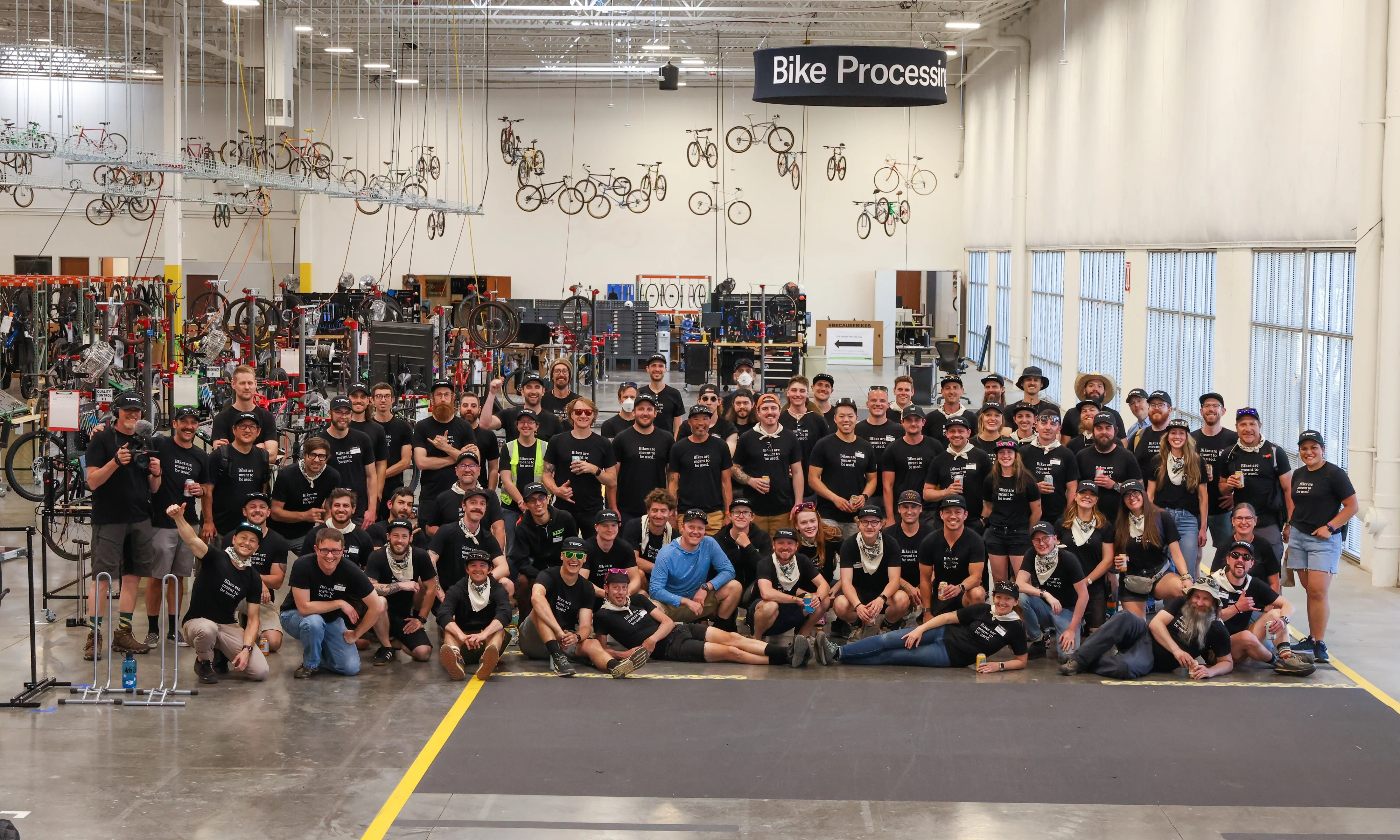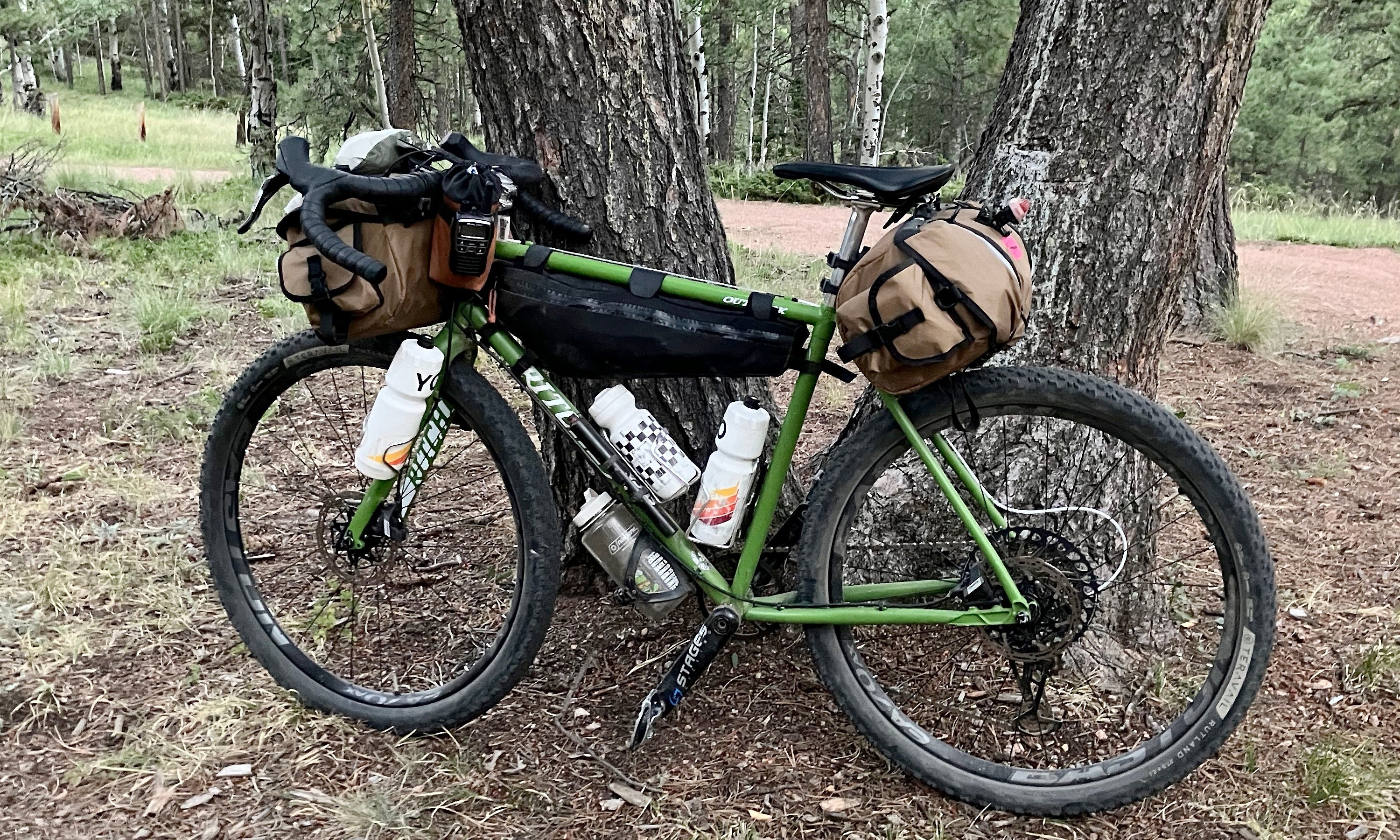You’ve probably heard this before: “Start on a hardtail.”
There’s always a dusty old veteran ready to give that advice to a beginner mountain biker. It’s wisdom that’s been passed down from mountain biker to mountain biker since time immemorial.
There’s one practical reason behind it. Compared to full-suspension mountain bikes, hardtails are simpler, more affordable, and easier to maintain. That’s good for novice riders with tight budgets and sparse mechanical knowledge. They might be unsure if they’ll “get into mountain biking.”
But there’s also a more abstract reason for this mythos. The hardtail is supposedly the best tool for developing important skills: using your legs to absorb impacts, staying light over obstacles, and choosing good lines.
Are riders who start on full-suspension bikes somehow devoid of skills? Is their riding sloppier or less refined? Is it really necessary to ride a hardtail before upgrading to a full-suspension bike? Here’s another way to ask this: If you train on a hardtail will you get faster on a full-suspension bike?
The more experienced I become, and the more talented riders I meet, the more I think the answer is no. You don’t need to start on a hardtail. In fact, if your goal is to become a skilled and competent rider, especially descending, you probably shouldn’t start on a hardtail.
 My first mountain bike. Not pictured: sore joints and shaky confidence.
My first mountain bike. Not pictured: sore joints and shaky confidence.
My own mountain biking journey started on a 2013 Salsa El Mariachi hardtail. Here on the Colorado Front Range, it was punishing, especially when things got rough and rocky. But I didn’t know any better. After dutifully riding the El Mariachi for a couple of seasons, I got good enough to keep up with some of my fully-suspended friends.
When it came time to upgrade, I felt I’d earned a bike to match my skills honed by the mythical ways of the hardtail. I went all-in on a 2015 Focus SAM with 160mm of travel, envisioning myself suddenly riding like Aaron Gwin, going full-blast into the chunkiest gnar, and mercilessly dropping my friends.
My first ride didn’t go as I imagined. I was slow and awkward. It felt like I was relearning how to ride and it took me several outings to adjust. Hardtails and full-suspension bikes simply feel different. The two bikes deliver different feedback and don’t react to impacts in the same ways. The timing for pumping and jumping is different. The specific geometry changes you experience when bottoming-out your suspension is different. And the way you interpret terrain is different (or at least it should be). My fundamental hardtail skills carried over, but riding one type of bike didn’t automatically make me better at riding the other.
After I adapted to riding the SAM though, it opened a door to a new level of downhill speed. In a few months, I progressed more than I did in over two years on the El Mariachi. I honestly believe if I had bought the SAM first, I would have progressed faster.
 Having a full-suspension bike (with modern geometry and grippy tires) made me more confident. This led to more experimentation with enduro and downhill, which grew my skills faster. This Hightower was the successor to the SAM.
Having a full-suspension bike (with modern geometry and grippy tires) made me more confident. This led to more experimentation with enduro and downhill, which grew my skills faster. This Hightower was the successor to the SAM.
Descending on a mountain bike is largely a mental game. On the El Mariachi, I had a perceived limit, and I never went over it. My full-suspension SAM, however, raised my ceiling. Because the bike was more capable and forgiving, it reduced my fear. I practiced riding features and lines I would have avoided in the past. It helped me get accustomed to higher speeds, harder trails, and bigger consequences. All of this made me a better rider. When I did go back and ride the El Mariachi, I was faster because my new bike had shown me what was possible. Regularly pushing my limits expanded them.
 Steve can make any bike work on any trail. I'm not sure he even remembers his first bike. Years of constant riding and practice matter more than what he started on.
Steve can make any bike work on any trail. I'm not sure he even remembers his first bike. Years of constant riding and practice matter more than what he started on.
People with a depth of experience and skills can go fast on any bike. Our warehouse manager, Steve, can drop me on a hardtail, or full-suspension enduro bike, or even a gravel bike. He has years of riding experience, mastery of the skills, and a sense for how to make any bike work. But newer riders don’t have a massive library of engrams and skills to draw upon. The main point here is that, no matter the bike, practice matters.
Good riders get good because they practice — a lot.
Riding scared is rarely conducive to effective practice. If your trails are technical or gnarly, trying to learn and refine skills on a sketchy and punishing hardtail might actually hold you back by presenting unnecessary challenges. A good full-suspension bike, on the other hand, can make you feel more confident, comfortable, and motivated. This creates a productive practice environment. If you’re confident, you’ll push your limits and try new things. If you’re comfortable, you’ll ride longer and recover faster. And if you’re motivated, you’ll try to ride as much as possible.
Here is my advice: Get the absolute best bike you can for your terrain and budget. If that happens to be a hardtail, that’s fine! Hardtails are still awesome, especially for less rugged terrain or XC racing. If it’s a full-suspension, do it! You won’t regret it. You can progress faster, have more fun, and suffer less.
Whatever bike you get, learn to ride it really, really well. You can do everything on a hardtail. But it could take years to master everything. Life is short and mountain biking should be fun, so why handicap yourself?
 I have experimented with and loved many hardtails. As my experience and skills grow, their limitations become more apparent. But they're still fun!
I have experimented with and loved many hardtails. As my experience and skills grow, their limitations become more apparent. But they're still fun!
And don’t think that I have forsaken hardtails. I’ve owned several since my El Mariachi. In fact, I bought a Cannondale F-Si, my least downhill-focused bike ever. I'm not saying you should never ride a hardtail. They're fun. And I do buy into the mythos about hardtails making you feel more “connected” to the trail. I take one out whenever I’m looking for a change of pace or an extra challenge. But when it’s time to get serious, I always go back to the full-suspension.
Hardtails are cool, but they aren’t magic.


























